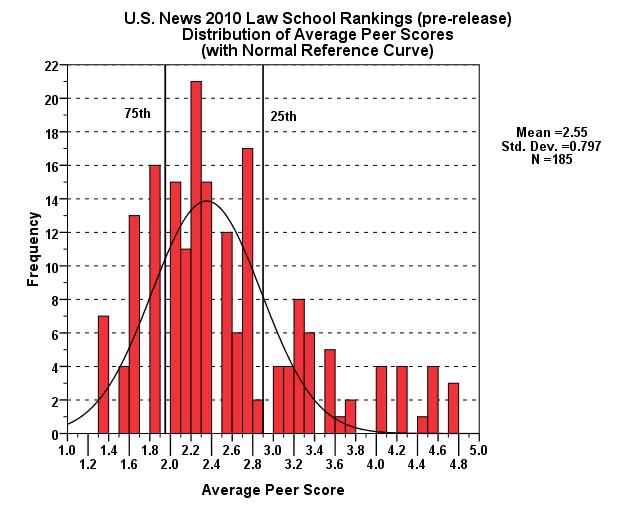Educating Lawyers: Preparation for the Profession of Law (2007) started it (again). Then the ABA adopted minimum Bar passage standards for law schools (Interpretation 301-6 of the Standards for Law School Approval). Then the ABA’s Standards Review Commmittee appointed a Special Committee on Outcome Measures (Report and Comments). The upshot is that law schools are going to be paying much more attention to assessing student learning. Law schools are latecomers at this. You might even say we’re a back-water. The rest of the American academy started a while ago, not to mention grades K-12 and No Child Left Behind.
On the Brainstorm blog on the Chronicle of Higher Education website, Sara Goldrick-Rab asks “Is Our Student’s Learning?” She discusses a recent presentation, at the meeting of the American Sociological Association, on the CLA Longitudinal Study. According to Goldrick-Rab, one of the findings is that
[S]tudents who start behind tend to stay behind; put another way those inequalities at the starting gate are consistent.
Certainly, that’s what my analysis of law-school first-time Bar-passage rates shows: Law schools whose students have lower LSAT scores have lower Bar passage rates. See Unpacking the Bar: Of Cut Scores and Competence, 32 J. Legal Prof. 67 (2008) (submission draft).
For law schools with a greater number of at-risk students, the question is whether better instructional practices and assessment, as well as academic support, can improve student learning.
Gary Rosin
